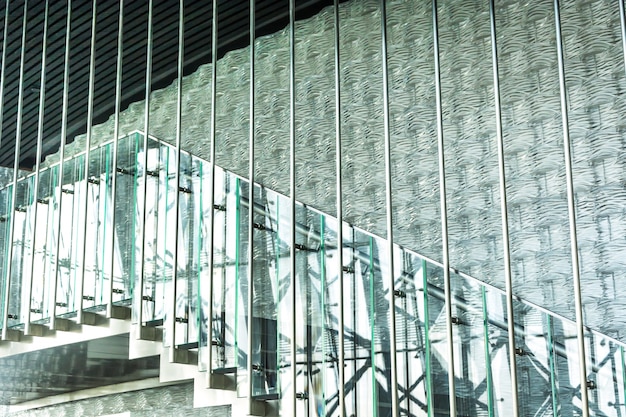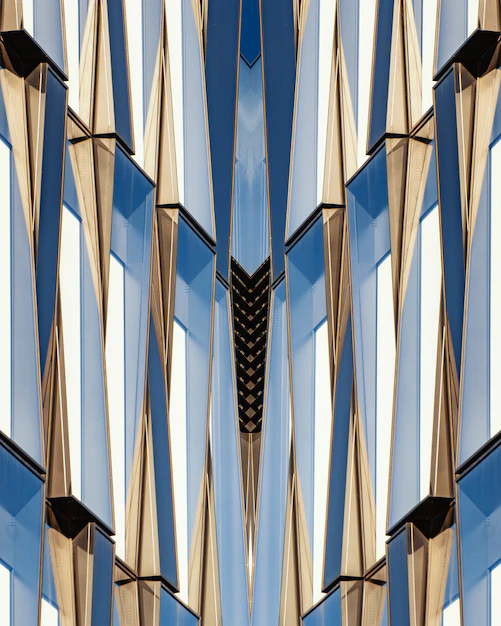Glass in Art and Architecture
From Tiffany Lamps to Majestic Cathedrals
Glass has played a transformative role in both art and architecture, blending functionality with stunning visual impact. From the grandeur of Gothic cathedrals to the elegance of Tiffany lamps, glass has been a medium for artistic expression and structural innovation for centuries.
Stained Glass in Gothic Cathedrals?
Stained glass became a hallmark of medieval European cathedrals during the Gothic era (12th–16th centuries). These vibrant glass panels served both decorative and educational purposes, often illustrating biblical stories for largely illiterate congregations.
Key Examples:
- Notre-Dame de Paris: Features iconic rose windows showcasing complex geometric patterns and religious symbolism.
- Chartres Cathedral: Known for its deep blue hues and detailed narrative panels.
Techniques:
- Colored Glass Creation: Metals like cobalt (blue) and copper (green) were added during glass production for vivid colors.
- Lead Caming: Pieces were held together by lead strips, allowing complex designs and structural support.


Tiffany Lamps and Art Nouveau Glass
The late 19th and early 20th centuries saw glass take center stage in the Art Nouveau movement, emphasizing organic forms and nature-inspired designs. Louis Comfort Tiffany revolutionized decorative glass art with his iconic Tiffany lamps.
Key Features of Tiffany Glass:
- Favrile Glass: Tiffany patented this technique, embedding colors directly into molten glass rather than painting the surface.
- Nature Motifs: Floral and botanical patterns were common in lampshades.
- Handcrafted Designs: Each piece was unique, emphasizing craftsmanship.
How to check Glass in Art and Architecture?
Glass remains a powerful medium bridging art and architecture, from ancient cathedrals to modern skyscrapers. Its ability to capture and transform light makes it a timeless material, inspiring creativity and functionality across generations.


Modern and Contemporary Glass Art
In the 20th century, glass art expanded beyond functional use into purely artistic expression. Modern artists and architects embraced glass for its versatility and ability to interact with light.
Notable Examples:
- Dale Chihuly: Known for large-scale glass installations featuring organic, colorful glass forms.
- The Louvre Pyramid (Paris): Architect I.M. Pei used glass as a structural element in this modern architectural masterpiece.
Techniques:
- Fused Glass: Layers of glass melted together for textured art pieces.
- Blown Glass: Used for sculptures and freeform art, often seen in Chihuly’s works.
Glass in Modern Architecture
Glass is now a staple in contemporary architecture for both its aesthetic appeal and functional properties like energy efficiency.
Key Examples:
- The Shard (London): A glass-clad skyscraper reflecting the skyline.
- Apple Park (California): Incorporates vast glass panels for a minimalist, open design.
Functional Benefits:
- Natural Light Optimization: Reduces energy consumption.
- Thermal Insulation: Modern glass can be treated for better energy efficiency.
- Structural Strength: Tempered and laminated glass offers safety and durability.

Stay connected
We will write a sub-headline that introduces your call to action to website visitors here